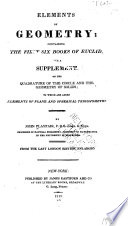 | John Playfair - 1819 - 354 pages
...BC is parallel to FG, CE : CF : : BE : BG, (2. 6.) that is, the sum of the two sides of the triangle ABC is to their difference as the tangent of half the sum of the angles opposite to those sides to the tangent of half their difference. QED PROP. V. If a perpendicular... | |
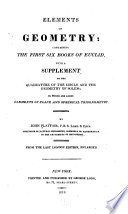 | John Playfair - Circle-squaring - 1819 - 350 pages
...the difference between either of them and 45o. * PROP. IV. The sum of any troo sides of a triangle is to their difference, as the tangent of half the sum of the angles opposite to those sides, to the tangent of half their difference. Let ABC be any plane triangle... | |
 | Thomas Leybourn - Mathematics - 1819 - 430 pages
...: AC*. Required a proof. 8. Prove, geometrically, that in any plane triangle, the sum of the sides is to their difference as the tangent of half the sum of the angles at the base to the tangent of half their difference. 9. Shew that tan.* 60 = 3 tan. 60 to rad.... | |
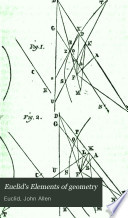 | Rev. John Allen - Astronomy - 1822 - 516 pages
...the legs AC and CB, and AD their difference ; therefore the sum of the legs AC, CB of the triangle ABC is to their difference, as the tangent of half the sum of the angles CAB and CBA at the Ijase is tQ the tangent of half their difference. PROP. VII. THEOR. If to... | |
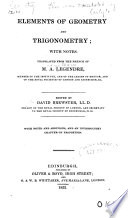 | Adrien Marie Legendre - Geometry - 1822 - 394 pages
...principles of Art. 42 and 43 are easily deducible. XL VII. In any rectilineal triangle, the sum of two sides is to their difference, as the tangent of half the sum of the angles opposite those sides is to the tangent of half the difference of those same angles. From the... | |
 | Peter Nicholson - Architecture - 1823 - 210 pages
...BC : : AC - BC : AD - BD. TRIGONOMETRY. — THEOREM 2. 234. The sum of the two sides of a triangle is to their difference as the tangent of half the sum of the angles at the base is to the tangent of half their difference. Let ABC be a triangle ; then, of the... | |
 | Industrial arts - 1824 - 492 pages
...because DA C = AC B, (Euc. 1. 29.) Therefore, DAC+ DCA = 130o, and consequently ADC = of any triangle is to their difference, as the tangent of half the sum of the angles opposite them, is to the tangent of half their difference. Therefore, by logarithms, As, CD... | |
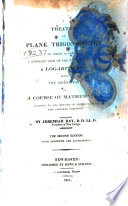 | Jeremiah Day - Geometry - 1824 - 440 pages
...the sum, and FH to the difference of AC and AB. And by theorem II, [Art. 1 44.] the sum of the sides is to their difference ; as the tangent of half the sum of the opposite angles, to the tangent of half their difference. Therefore, R : Tan (ACH-45°): :Tan ^(ACB+B)... | |
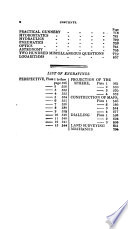 | Peter Nicholson - Mathematics - 1825 - 1046 pages
...: AC— CB:: tangí (B+C) : tang-i (B—C) it follows that in any triangle the sum of any two sides is to their difference, as the tangent of half the sum of the two angles opposite these sides, is to the tangent of half the difference of these same angles. Let then'AC=a,... | |
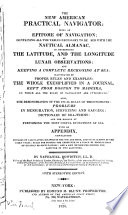 | Nathaniel Bowditch - Nautical astronomy - 1826 - 732 pages
...triangle (supposing any side to be the basr, and calling the other two the sides) the sum of the sides is to their difference, as the tangent of half the sum of the angles at the base is to the tangent of half the difference of the tame angles. Thus, in the triangle... | |
| |